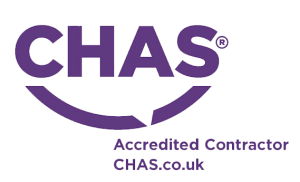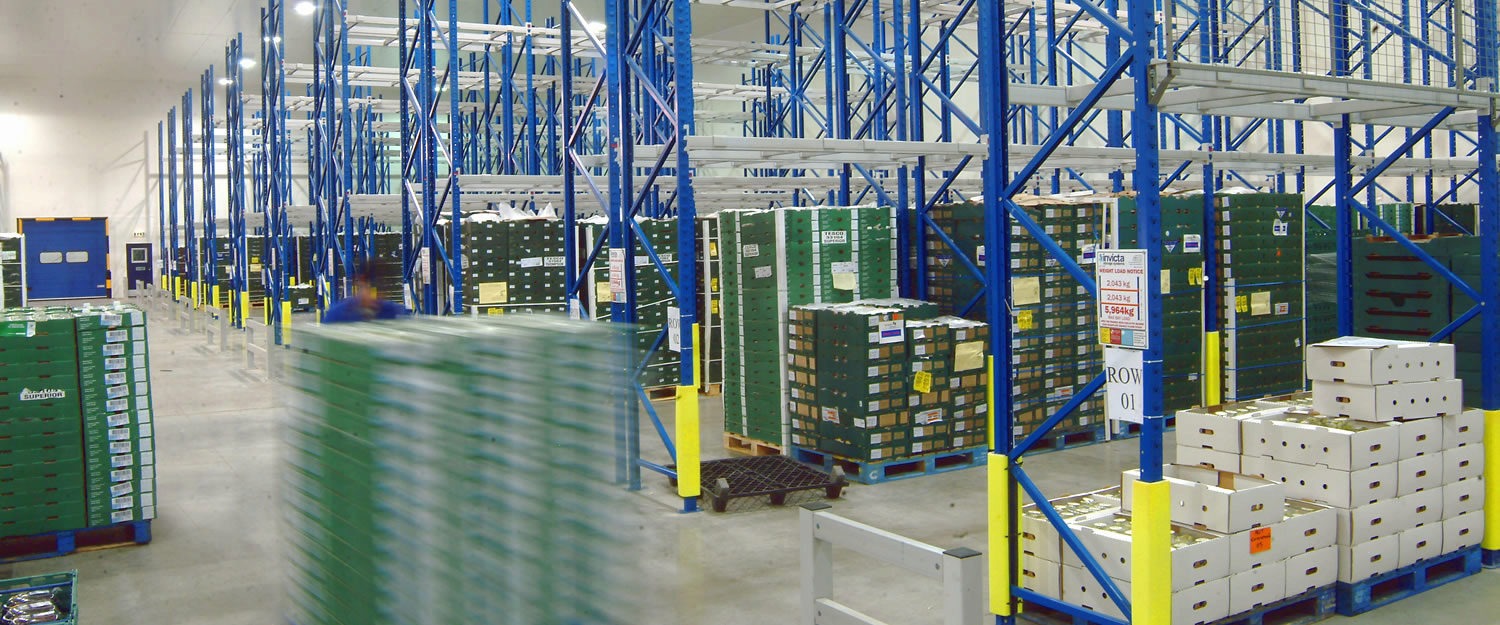For your information
You are being redirected to one of our divisional subsites which contains more detailed information on the required division. To navigate back to the main Invicta Group site, please click the link found in the footer at the bottom of the page.
How SEMA improves warehouse racking safety
9th October 2023
Quick Quote
Contact Mick Coyne
To get a quotation or arrange a free site survey - Call Mick Coyne on
-
 UK
UK
Current location:
Quick Quote
Contact Mick Coyne
-
 UK
UK
Current location:
We’ve written about racking safety before, and how racking collapses are only the public face of a deeper underlying issue with warehouse safety culture. What’s worrying is how changes to modern warehouses could exacerbate these issues further. The addition of robots and other autonomous vehicles add an extra risk factor to collisions with people and pallet racking, however foolproof their collision avoidance claims to be.
All of this makes imposing a good racking safety culture more important than ever. In this respect, the Storage Equipment Manufacturers’ Association (SEMA) is at the forefront of safety for warehouses and their workers. Below we’ll delve into the role of this authority in racking safety, the importance of racking safety training and racking inspections, and the ways that a SEMA qualification tangibly improves warehouse and racking safety.
What is SEMA?
SEMA is a prominent storage industry trade association based in the UK, comprising manufacturers, distributors, and suppliers of storage equipment and systems. Formed all the way back in 1968, SEMA is recognised for its expertise in racking safety, and the leading role it continues to play in setting both national and international safety standards.
SEMA has developed an extensive framework for racking safety training, education, and professional development, with the goal of ensuring that racking systems are designed, installed, and maintained to the highest safety standards. Their members achieve this by ensuring the full traceability of storage products, from manufacturing, design and installation to approved inspections and maintenance.
SEMA approved manufacturers design their storage products in line with SEMA’s regulations, with the safety of the racking or other products being paramount in their design. SEMA Accredited Installation Companies (SAIC) then install the approved products using Storage Equipment Installers Registration Scheme (SEIRS) qualified personnel. Finally, SEMA-approved racking inspectors (SARI) provide at least annual inspections of the racking to check its integrity in the face of damage or improper installation, providing a list of any work that is required.
The benefits of SEMA for racking safety
Safety qualifications always provide the value of a standardised framework, ensuring that everyone is on the same page when it comes to safety policies. With SEMA, you’ll benefit from decades of research and experience into the best practices for racking safety – ensuring the safety of warehouse employees and the integrity of your racking.
1. Comprehensive knowledge
While racking can often seem simple and utilitarian, building and maintaining it requires a substantial amount of engineering. SEMA qualifications such as Rack Safety Awareness help to provide warehouse personnel with an insight into the racking systems they interact with everyday, from their installation and safe usage to inspections and maintenance.
Anyone interacting with something as large and potentially dangerous as a racking system should have a fundamental understanding of how to use it safely, and the laws that govern it. By acquiring a SEMA qualification, professionals gain a deep understanding of the relevant regulations, guidelines, and best practices that are essential for ensuring racking safety.
2. Reduced risks and accidents
Racking accidents such as vehicle collisions can result in significant damage to property, financial losses, and even serious injuries or fatalities. A racking collapse may be instigated days, weeks or even months after the initial damage, as the structure slowly fails under load. This makes it imperative not only that accidents are avoided, but that they are reported, and that any damage is noticed and catalogued.
A SEMA qualification equips individuals with the skills and knowledge needed to identify potential hazards, mitigate risks, and prevent accidents. By adhering to SEMA’s guidelines, organisations can instil a safety culture that proactively reduces the occurrence of accidents, and creates a safer and happier work environment.
3. Compliance with standards and regulations:
Racking systems need to comply with various national and international standards to ensure the safety of workers and the integrity of the infrastructure. Doing so not only helps to ensure the safety of personnel and property, but also helps to secure contracts which may be contingent on these safety guarantees.
SEMA qualifications ensure that individuals are well-versed in applicable racking safety standards, such as the SEMA Code of Practice and European Standards (EN 15620 and EN 15635). This knowledge enables them to effectively assess and maintain racking systems in accordance with the regulations, minimising legal risks and non-compliance issues.
4. Enhanced maintenance and inspection practices
Regular inspections and maintenance are crucial for identifying potential weaknesses or defects in racking systems. These can be as the result of damage, improper use of the racking (e.g. exceeding load requirements or improperly seated pallets), or simply degradation due to age or manufacturing defects.
A SEMA qualification equips individuals with the skills necessary to conduct thorough inspections, recognise early signs of damage, and implement appropriate maintenance measures. By proactively addressing issues, SEMA-qualified professionals can extend the lifespan of racking systems, minimise downtime, and reduce the need for costly repairs or replacements further down the line.
5. Professional credibility and recognition
Obtaining a SEMA qualification not only demonstrates an individual’s commitment to racking safety, but also enhances their professional credibility. Being SEMA-qualified can open doors to career advancement opportunities, as it showcases expertise and specialised knowledge in the field.
Employers and clients often prioritise hiring SEMA-qualified individuals, providing a competitive edge in the industry. Demonstrating this opportunity for career progression is also a great way to attract talent – something that has never been more important in a highly competitive period for warehousing and storage.
–
While workplaces have never been safer than the present day, there is always more to be done, particularly in the fast-moving industry of warehouse storage. SEMA’s frameworks and training courses offer an invaluable pathway to achieving and maintaining optimal racking safety. By acquiring the knowledge and skills imparted by SEMA, professionals can mitigate risks, reduce accidents, and maintain compliance with the highest industry standards.
Investing in SEMA qualifications and approved inspectors not only creates a safer work environment, but also enhances professional growth, recognition, and your organisation’s reputation for safety. Ultimately, embracing SEMA and its rigorous training programs is a proactive step towards a safer and more efficient industrial landscape.
Accreditations & Affiliations







Start your project
Tell us about your project. Please complete this form. One of our sales team will come back to you with more details. If you prefer, you can drop us an email.




Share/Like this page